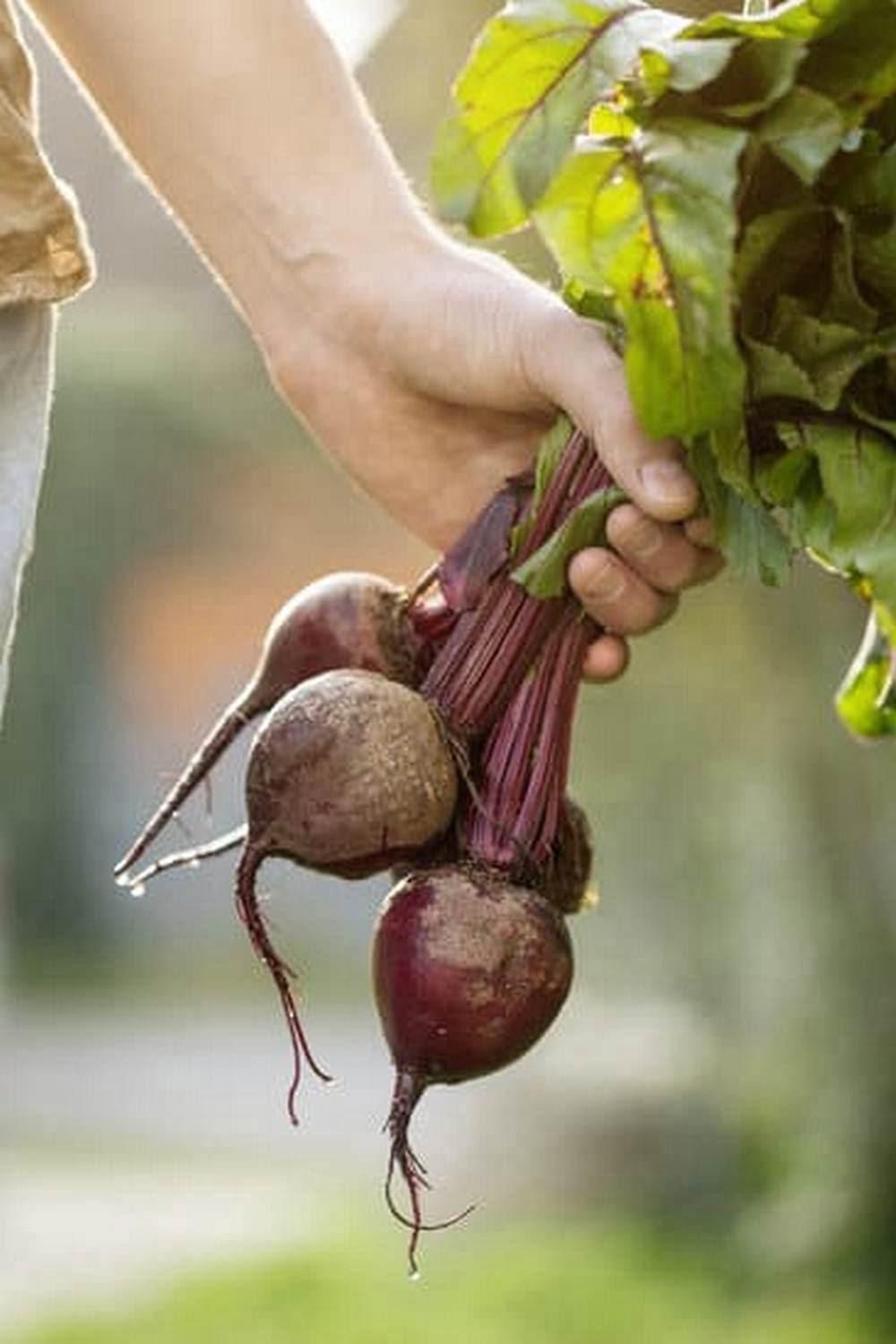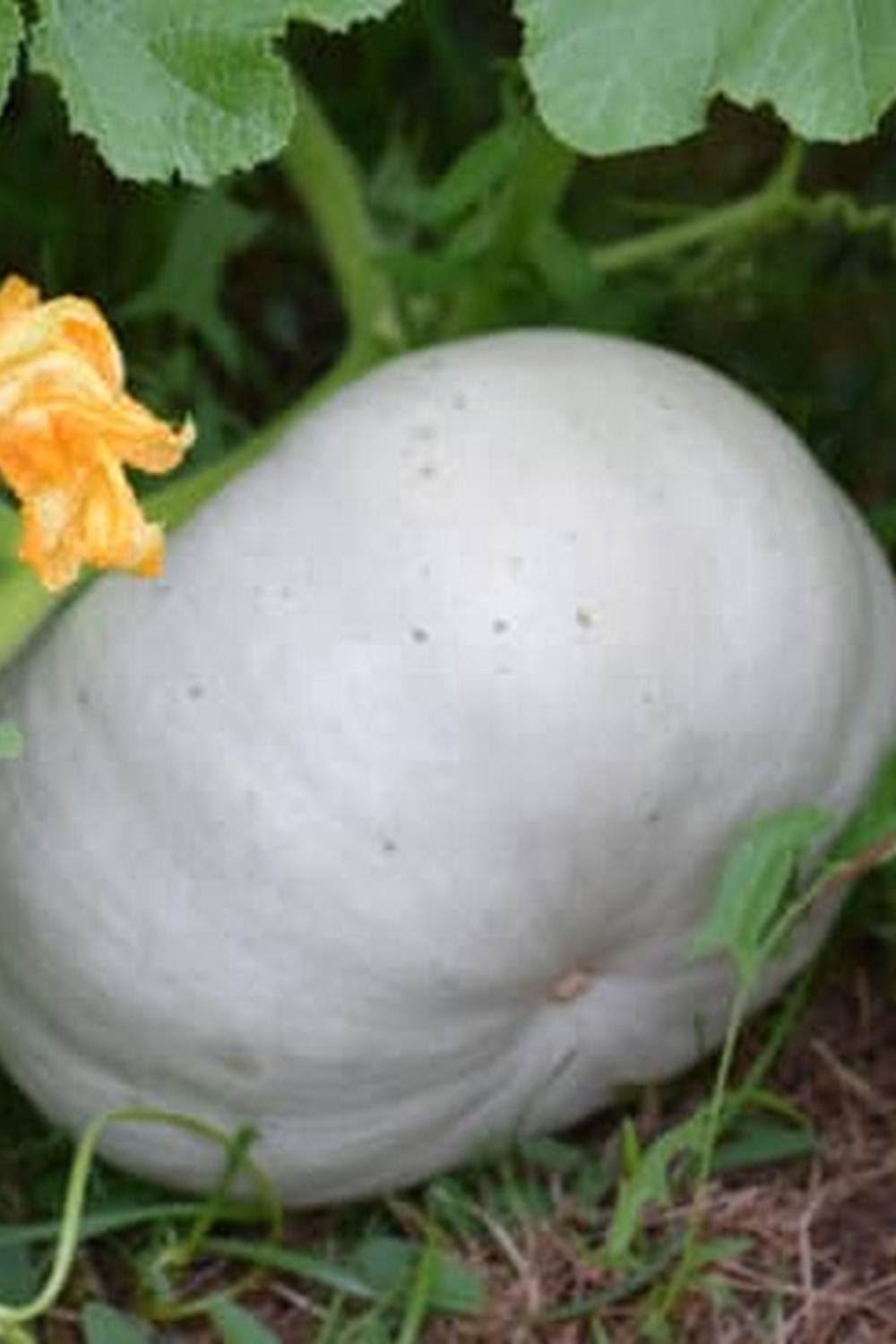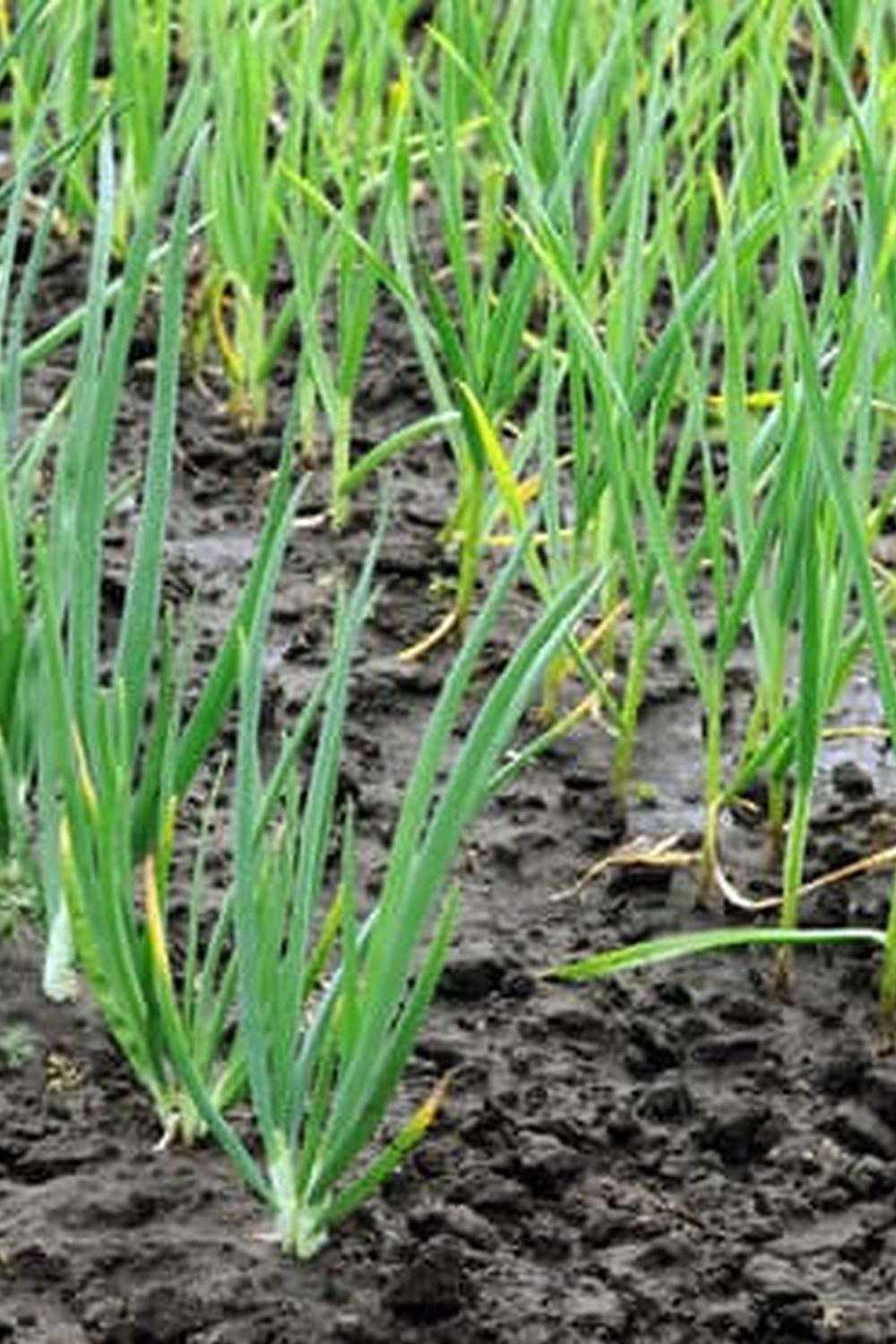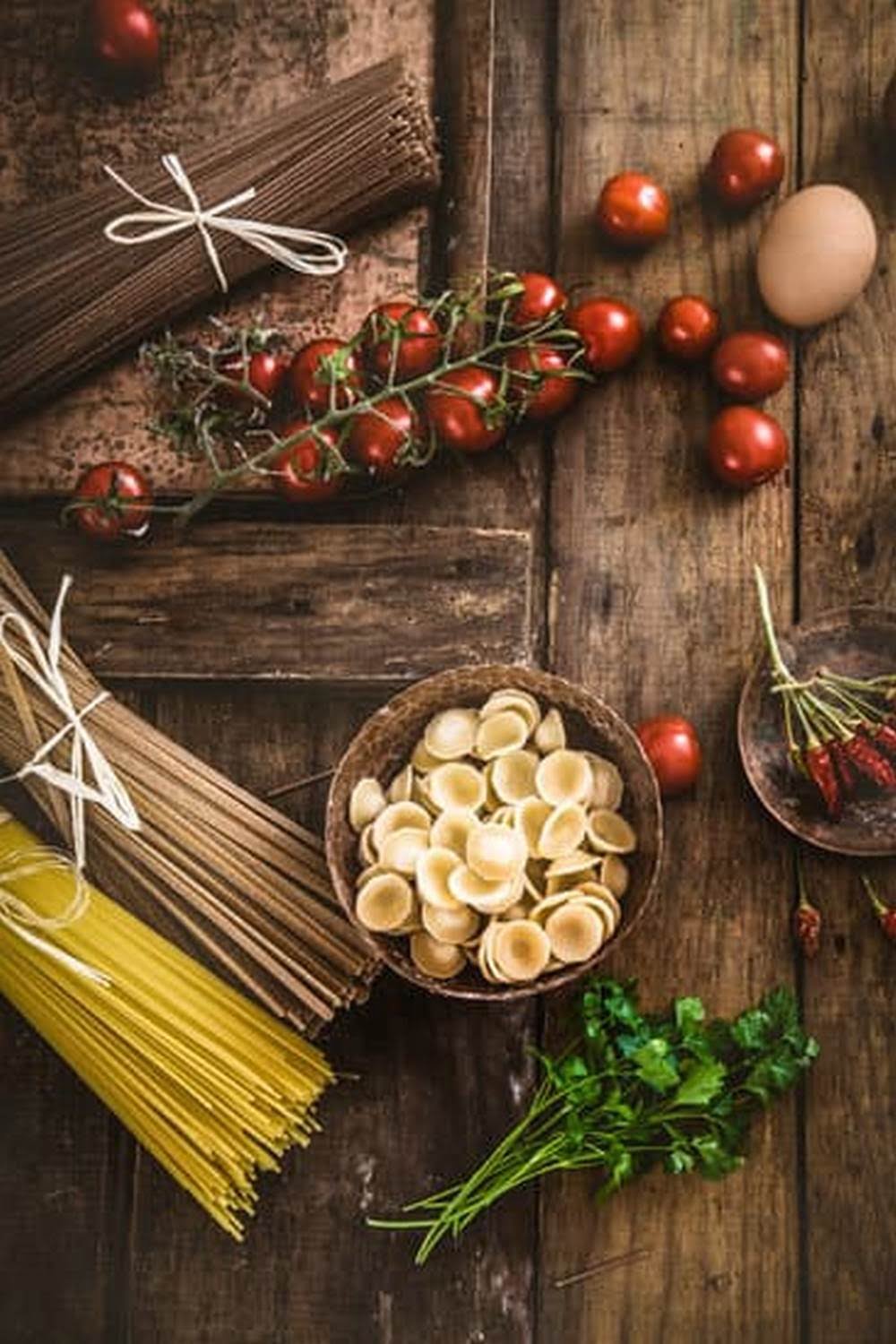What Fertilizer Is Best For A Vegetable Garden
When it comes to fertilizers, there are three main types: organic, synthetic, and slow-release. Organic fertilizers are made from natural materials, such as manure, compost, or blood meal. They release nutrients slowly, so they’re good for vegetables that need consistent feeding, such as tomatoes and peppers. Synthetic fertilizers are made from chemicals and release nutrients quickly, making them good for plants that need a quick boost, such as lettuce and spinach. Slow-release fertilizers are a mix of organic and synthetic materials, and they release nutrients slowly over time. They’re good for vegetables that don’t need a lot of feeding, such as carrots and cabbage.
No matter what fertilizer you choose, be sure to read the label to make sure it’s specifically for vegetables. Fertilizers that are meant for flowers or lawns can harm vegetables. Also, be careful not to overfertilize. Excess fertilizer can cause vegetables to grow too big, making them tough and inedible. A little fertilizer goes a long way, so use only the amount recommended on the label.
What Dirt Is Best For Vegetable Garden
There’s a lot of debate about what kind of dirt is best for vegetable gardens. Some people swear by organic matter, while others prefer the mineral-rich content of clay soils. The truth is that any kind of soil can be used for a vegetable garden as long as it’s amended properly.
Most vegetables prefer a soil pH of 6.0-7.0, which is slightly acidic. If your soil is too alkaline or too acidic, you can amend it with organic or inorganic materials to achieve the desired pH. Vegetables also need a good supply of nutrients, which can be added to the soil in the form of compost, manure, or fertilizers.
Organic matter is beneficial because it helps to loosen clay soils and improve the water retention of sandy soils. It also helps to improve the structure of the soil, which is important for root growth. organic matter also releases nutrients slowly over time, which is beneficial for vegetable gardens.
Inorganic matter, such as lime or sulfur, can be used to adjust the pH of the soil. It’s important to test the pH of your soil before adding any amendments, because you may end up making the soil too alkaline or too acidic.
Vegetables also need a good supply of nutrients, which can be added to the soil in the form of compost, manure, or fertilizers. Compost is made from organic materials, such as leaves, grass clippings, and vegetable scraps. It’s a great source of nutrients, and it also helps to improve the structure of the soil. Manure is also a good source of nutrients, but it can also contain pathogens that can harm vegetables. It’s best to use manure that has been composted first. Fertilizers are a quick and easy way to add nutrients to the soil, but it’s important to choose the right fertilizer for your soil type.
No matter what kind of dirt you have, it’s important to amend it properly before planting vegetables. With a little bit of work, you can create a soil that’s perfect for your vegetable garden.
Best Way To Plant A Raised Vegetable Garden
A raised vegetable garden is the perfect way to get the most out of your garden space. By elevating the garden, you can save space on the ground and make it easier to work on your plants. Plus, you can customize the soil and drainage to create the perfect environment for your vegetables.
Here are the basic steps to create your raised vegetable garden:
1. Choose a location. The best location for your raised garden is in an area that gets full sun exposure and has good drainage.
2. Decide on the size of your garden. The size of your garden will depend on the amount of space you have available and the types of vegetables you want to grow.
3. Construct the garden frame. You can use any material you like to build the frame of your raised garden, such as lumber, cinder blocks, or stone.
4. Add the soil. The best way to create a well-draining raised garden is to start with a layer of gravel or sand on the bottom. Then, add a layer of organic matter, such as compost, soil, or peat moss. Finish with a layer of topsoil.
5. Plant your vegetables. Once your garden is assembled, it’s time to plant your vegetables. Make sure to read the planting instructions for each type of vegetable to make sure you are providing the right soil, sun, and drainage conditions.
A raised garden is a great way to get the most out of your gardening space. By elevating the garden, you can save space on the ground and make it easier to work on your plants. Plus, you can customize the soil and drainage to create the perfect environment for your vegetables.
Best Vegetable Garden Fencing
There are many reasons to fence your vegetable garden. Not only will it keep critters out, it can also help to keep your plants healthy and looking good.
There are a variety of materials you can use to fence your garden, but the most important factor is to make sure the fence is sturdy and will keep animals out. Chicken wire is a popular option, as is wire mesh. If you are using a wooden fence, make sure to use a wire mesh or chicken wire to cover the top, as animals can easily climb over a wooden fence.
Another consideration is the height of the fence. It should be at least 6 feet high, as most animals can’t jump that high. If you have a particularly determined animal, you may want to go even higher.
A final consideration is the type of fencing material. Some materials, like chicken wire, are less expensive but can also be less durable. If you are looking for a longer-lasting fence, consider a material like wire mesh.
Best Fertilizer For Vegetable Garden Beds
Organic matter is the best fertilizer for vegetable garden beds. It is slow release so it will not burn plants, and it is a natural source of nitrogen, phosphorus, and potassium. The best way to add organic matter to your garden beds is to add a 2- to 4-inch layer of compost to the top of the soil each year. You can also add compost to planting holes when you are planting vegetables.
If you do not have compost, you can use other organic materials as fertilizers. Mulch is a great way to add organic matter to your garden beds. You can use mulch to cover the soil around plants, or you can mix it into the soil. There are many different types of mulch, including shredded bark, straw, grass clippings, and leaves.
Another way to add organic matter to your garden beds is to add animal manure. You can add manure to the soil or you can add it as a top dressing. Manure is a good source of nitrogen, phosphorus, and potassium. Be sure to use only manure from animals that have been organically raised, because manure from conventionally raised animals may contain harmful chemicals.
You can also add organic fertilizers to your garden beds. Some good organic fertilizers include fish emulsion, kelp meal, and compost tea.
No matter what type of fertilizer you use, be sure to follow the directions on the package. Never add more fertilizer than the directions recommend. Over-fertilizing can damage plants and can also pollute the environment.

If you’re looking to get into vegetable gardening, or are just looking for some tips on how to make your current garden better, then you’ve come to the right place! My name is Ethel and I have been gardening for years. In this blog, I’m going to share with you some of my best tips on how to create a successful vegetable garden.





